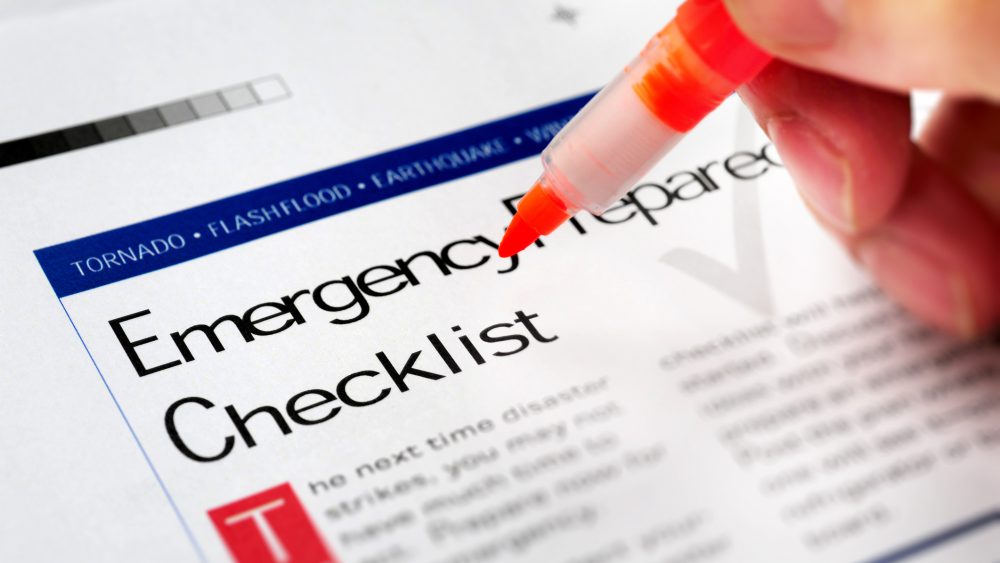A life-changing event can occur in an instant. Unfortunately, our country has faced multiple life-changing events—several over the last year alone—from natural disasters to terrorist attacks. So for hospitals across the country, emergency preparedness is top of mind.
The supply chain is an essential component of a healthcare provider’s emergency plan, and should be involved in a hospital’s Hazard Vulnerability Analysis process as well as in its Emergency Operations Plan review and updating process. Therefore, supply chain professionals must be ready to address emergencies proactively, with minimal disruption to operations and patient care. Now is the time to ask important questions, such as: Are we capable of dealing with a major catastrophe? For how long can we continue operations if there is a power outage? Who is responsible for operations in the event of an emergency?
Emergency preparedness plans help to answer these questions and limit potential disruptions. When organized effectively, they are not merely a list of suggestions but rather a carefully written, thorough document that can make a significant difference. An effective plan incorporates analysis from previous events and includes training for those who may be involved in dealing with the next one. Most important, emergency preparedness plans help to ensure that the various units of the hospital remain functional, that resources are properly allocated, and that staff and patients are kept safe. Supply chain professionals know that maintaining functionality during and after an emergency requires a variety of resources—from staffing and access to key vendors to supplies, power, and more.
As these plans have become increasingly vital to the safety and operation of healthcare facilities, the U.S. Department of Health & Human Services (HHS) has established several preparedness initiatives. The Hospital Preparedness Program, which is administered by the Assistant Secretary for Preparedness and Response, and the Emergency Preparedness Rule, established by the Centers for Medicare & Medicaid Services, were created to ensure that hospitals and other care providers are adequately prepared to treat individuals during times of disaster.
Acurity is deeply committed to ensuring that our members are equipped to respond to a wide range of hazards so that patient care is minimally disrupted. When disaster strikes, we work with members, other provider groups, and state, federal, and local health and emergency management agencies to maintain a coordinated, comprehensive response.

Drawing on the collective expertise of our subject matter experts, Acurity has developed a number of emergency preparedness tools—including a supply chain checklist, key contacts, and important supplies categorized by type of emergency—to help supply chain leaders develop effective preparation and response efforts. These tools can be accessed under Related Links on our Emergency Preparedness page and can be downloaded and distributed to relevant members of your organization to support preparedness efforts.
The next time disaster strikes, you may be in the dark, but you don’t have to go it alone.



Comments are closed.